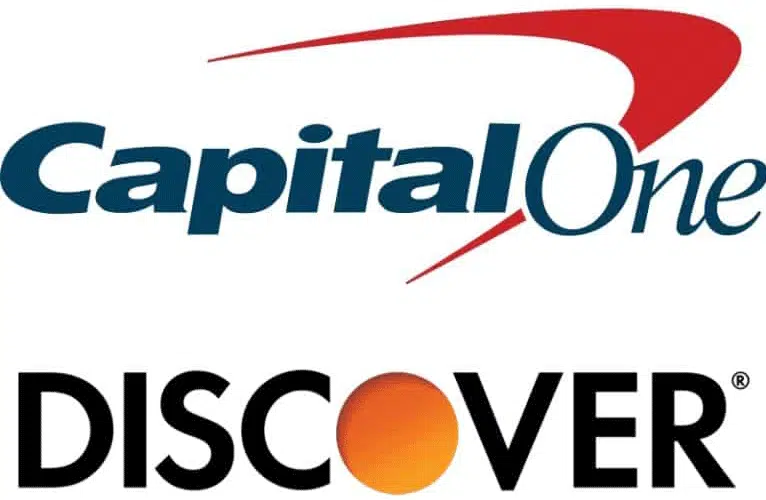More than a year after Capital One Financial Corp. announced its $35-billion deal to acquire Discover Financial Services, it received the last federal regulatory approvals to move ahead and has set a May 18 closing.
The last two regulatory approvals, from the Federal Reserve and the Office of the Comptroller of the Currency, were announced late Friday. Shareholders from each company approved the combo in February.
With these OKs, Capital One says the merger is expected to close May 18. The bank says there will be no immediate changes to customer accounts for either company and customers should expect to be serviced through existing Discover and Capital One channels. The deal was announced in February 2024 after news reports suggested the merger may be in the offing.

In an April 2024 earnings call, Capital One said the merger “will increase competition for banks and payments companies.” At the same time, the combination will create a more powerful rival for Visa and Mastercard, it argued.
In its merger announcement, Capital One also said the combo could create a more competitive payments network, bolster the new company’s credit card portfolio, and boost the scale of its banking efforts.
On the network issue, Mastercard Inc. earlier this year addressed the merger and its potential impact on Capital One debit cards that carry the Mastercard brand. “Cap One is a strong partner. They have been public about transferring debit volume to the Discover network. There are no surprises fundamentally,” Michael Miebach, Mastercard chief executive, said during the call, held to discuss the card network’s fourth-quarter 2024 results. “This isn’t the only partner we have. We have built out many partnerships.” Capital One’s debit network transactions are built into Mastercard’s best estimates, Miebach said in January.
In addition to Discover’s credit card portfolio, Capital One also will gain access to the Discover Pulse debit network, which in 2023 had $286 billion in volume, more than the Discover Network’s total of $264 billion.
Both Discover and Capital One launched in 1985, says Brian Riley, director of credit and co-head of payments at Javelin Strategy & Research, as alternate kinds of companies. They have very different cultures in a lot of ways, he says. “Cap One has always been a strong play in analytics,” he says. “But Discover has a much different line of business.” For example, Discover uses U.S.-based customer service centers, while CapOne’s are often international.
These and other variations in their businesses will make tying the two together “an interesting challenge,” Riley says. “It’s not going to be a cake walk.” Given the size of each company’s credit card portfolio and other businesses, bringing them together will require careful oversight to ensure the value of each is retained as best as possible, he says. “You can’t do anything but keep you’re eye on the ball there.”
Department-store chain Sears, Roebuck & Co. launched Discover in 1985 as part of a financial-services strategy, but in 1993 spun it off as Dean Witter, Discover & Co. This operation merged with Morgan Stanley in 1997 and then rebranded in 1999 as Discover Financial Services. The company then spun off as a separate, publicly traded entity in 2007.





